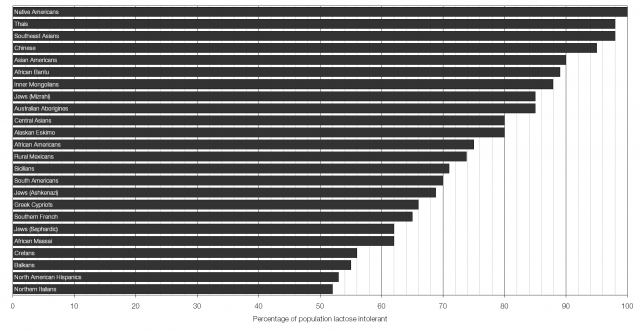On July 7th the German company SkySails GmbH was awarded the Sustainable Shipping Environmental Technology of the Year Award (for the second time) for its SkySail technology.

The SkySails system uses a computer controlled kite with an area of more than 160 square metres to harness the power of wind as an auxilliary power system for large marine vessels. The SkySails company claims it can reduce fuel consumption over long journeys by between ten and fifteen percent.
 The SkySails system is a form of high altitude wind power (HAWP). HAWP systems are viable because the power available to wind power systems increases with the cube of the wind’s speed (e.g. if you double the speed the energy produced increases by a factor of eight) and wind speed increases rapidly with height. Companies like KiteGen are even working on using HAWP systems for electricity generation.
The SkySails system is a form of high altitude wind power (HAWP). HAWP systems are viable because the power available to wind power systems increases with the cube of the wind’s speed (e.g. if you double the speed the energy produced increases by a factor of eight) and wind speed increases rapidly with height. Companies like KiteGen are even working on using HAWP systems for electricity generation.






